Innovation in higher education institutes is necessary for creating important values and maintaining the power of the provider of knowledge exactly as these institutions have been doing for centuries. This article explores why and especially how should colleges and universities change in this modern and quickly transforming world.
Innovation in higher education has never been so important as now that technological innovation has revolutionized the world. But technology apart, the adoption rate of new and innovative methods, devices, and services is not so high as one might think. Several factors impact higher education, such as customer empowering, incompetent performance evaluations, out-of-date business ideals, and the increase of competitors such as online learning platforms. Moreover, today’s factors affecting the university sphere are financial, economic, market-driven, and ideological: sustainability- and/or ecosystem-related. Thus, universities and colleges are now struggling to maintain their power. To maintain the latter, new innovative ways of creating value must be implemented through co-working and constant communication and support organization between HEIs and other institutions and society. ACS Asomi College of Sciences is doing its best to create value by being engaged to and remaining updated on innovations by adapting them in the higher institute scenario.
However, some higher education institutes are already using whether the fruit of technological novelties or not. One of them is the flipped classroom trend, which is challenging the old lecture model. Whether online or not, it uses a lot of multimedia-based material in the lessons, including digital textbooks. For instance, the second most important current innovation in higher education institutes is the aimed teaching for reducing the gap between the knowledge acquired in a university or a college and the skills required from recruiters. This is an ongoing trend that brings us to the third most important aspect: lifelong – and mostly, online – learning. This could be summed up with one term, the so-called open curriculum. Open curriculums and MOOCs are good ideas, but a quick online course for people who are already working is not apples to apples with a university or a college degree, whether online or not. Faculties are also going through a change: since research does not have to be in the same place anymore, researchers worldwide find it easier to communicate and/or to conduct projects located in different parts of the world. Higher education institutes are already going through significant innovations, but there is more to be done.

Even if higher education is more and more engaged in innovative progress, several aspects are still considered. For instance, even if some universities are already doing it, the use of data analytics should be reinforced even if the most relevant obstacles are non-standardized curriculums and assessment practices. Learning and management systems should be smarter and more digitalized to offer a better experience to everyone, students, professors, researchers, and the staff. Moreover, the improvement of digital services could (and should) become one of the strongest sides of a university or a college because it helps to brand these institutions. Moreover, considering how it would impact brand marketing which, for instance, is not only but also useful for enrolling new students, then higher education institutions should with no doubt put more effort into improving their online platforms.
Moreover, online platforms are not only about services. They can be developed to expand institutes for higher education also online. This could bring about several benefits: first, a more career-oriented blended on-and offline study programs; and, secondly, higher education online can help in launching evergreen courses aimed for lifelong learning.
Innovation in higher education has been going on for some years but has not yet reached its peak. There is still a lot to go through many positive and encouraging signs of progress that have already been made, but the sight seems to be directed towards the right purposes and techniques.




